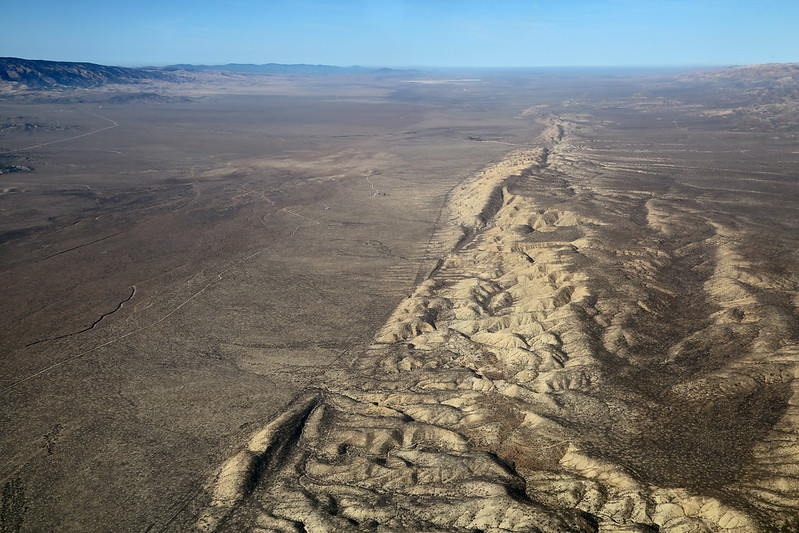
The San Andreas Fault cuts across southern California’s Carrizo Plain. Credit: Doc Searls
Featured Research
Cooling the Great Barrier Reef likely presents low risk of remote problems
A case study of the Great Barrier Reef, which has suffered coral bleaching from record high ocean temperatures in recent years, used the Community Earth System Model to investigate effects of interventions such as marine cloud brightening far from the treatment location under a spectrum of scenarios and intensities. Results suggest limited, localized cooling over the reef in summer has a low risk of remote impacts. The authors say their approach can be applied to risk management of climate interventions for other sensitive ecosystems. [Geophysical Research Letters study]
Earthquakes on California’s faults tend to run late
California’s fault systems have had an outsized influence on earthquake forecast models. Intrigued that New Zealand’s earthquakes are rarely “late,” researchers examined the time of recurrence for 210 faults in five tectonically active regions around the world, drawing on data from 890 large prehistoric and historic earthquakes. California was the outlier, possibly because of the predominance of fast-moving slip-faults there. The researchers suggest a different calculation may be more useful for forecasters elsewhere.[Journal of Geophysical Research: Solid Earth study]
On-the-ground solar storm nowcasting for the UK
Severe to extreme geomagnetic storms can induce currents in ground-based infrastructure, with unfortunate consequences. New nowcast and forecast codes estimate geomagnetically induced currents in Great Britain’s high voltage power transmission network, high pressure gas pipeline network and railway network using ground and satellite data.[Space Weather study]
River alkalinization and ocean acidification face off in coastal waters
Factors ranging from rainfall to nutrient runoff to changing mining and agricultural practices drove decades-long pH trends in the Chesapeake Bay. [Eos research spotlight][AGU Advances study]
AI pictures augment rock datasets key to subsurface engineering
Boosting digital rock images with AI-powered augmentation and quality analysis makes the invisible underground environment more accessible. [Eos editors’ highlight][Water Resources Research study]